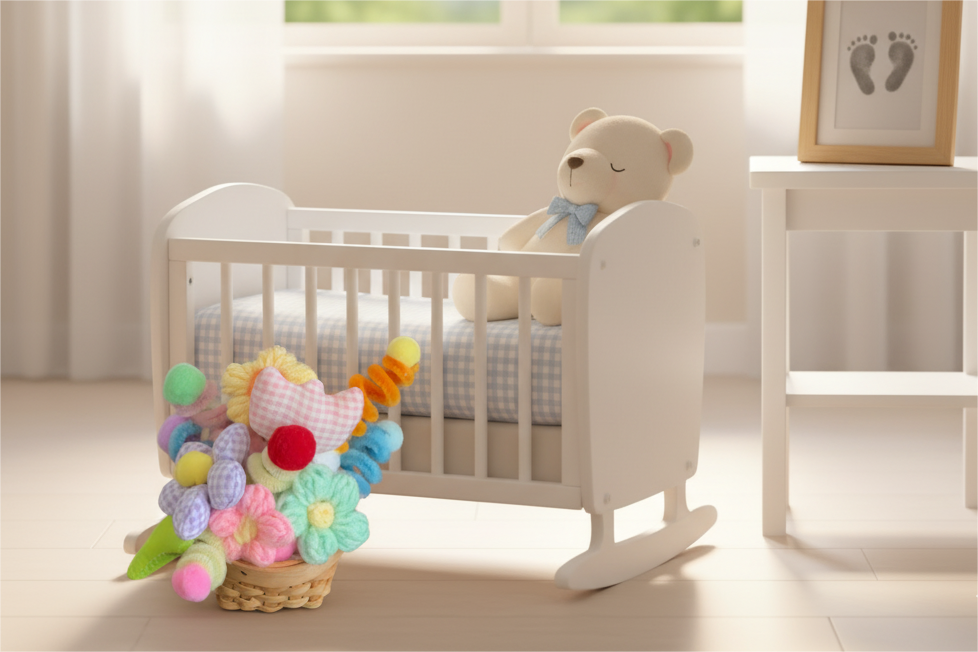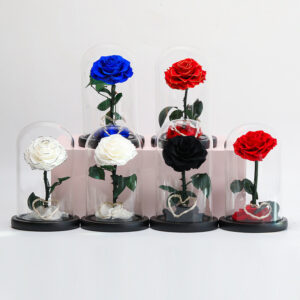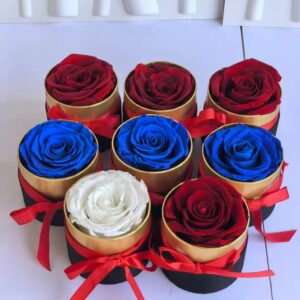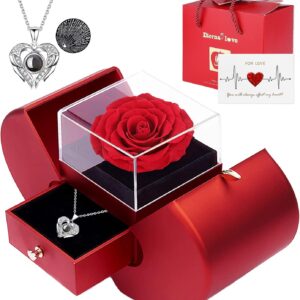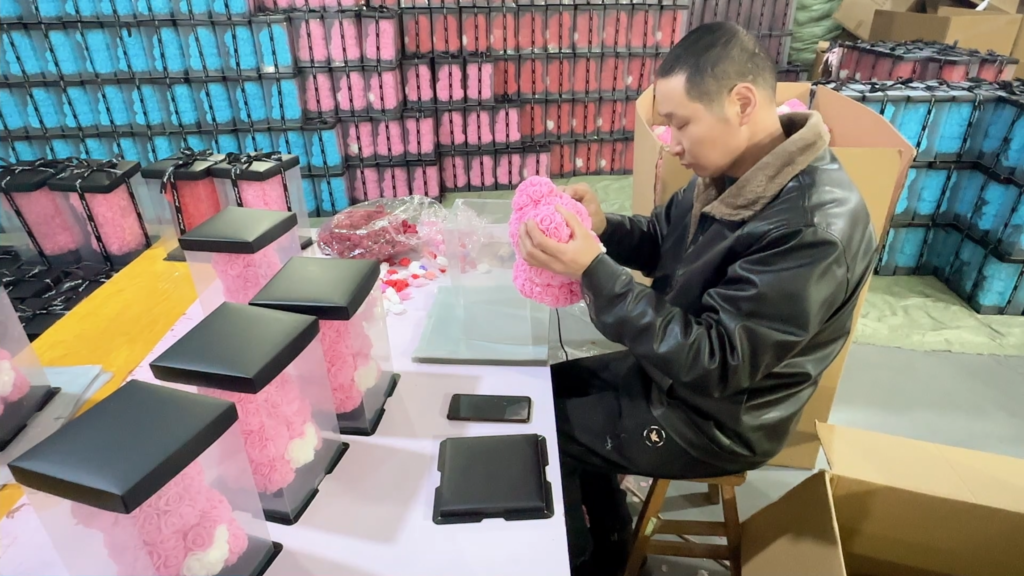
I’ve seen it happen too many times — a store places a big rose bear order ahead of Valentine’s Day, only to open the first box and think:
“Wait… why does this look nothing like the photos?”
Gaps between roses. Colors that look cheap. A bear that feels like it might fall apart before it even hits the shelf.
If you’ve been there, I feel you. I’ve worked with hundreds of gift stores and flower retailers across the U.S., and I’ve seen what makes a rose bear fly off the shelves… and what leads to disappointing returns. So today, let me help you get it right — the first time.
Are Rose Bears Still a Good Gift?
They’re not just good — they’re a go-to.
Customers love rose bears because they’re playful, sentimental, and long-lasting. They’re the kind of gift that doesn’t wilt, doesn’t fade, and still sits proudly on a shelf months (even years) later.
But it’s not just about looks — it’s the meaning.
What Does a Rose Bear Symbolize?
A rose bear represents lasting love, comfort, and tenderness — kind of like saying “I’m thinking of you” every time they see it. It’s a mix of two universally loved symbols: the rose (romance) and the teddy bear (affection). No wonder they keep trending on social media and gift lists alike.
How Long Do Rose Bears Last?
If it’s a well-made one? Easily 2–3 years or longer. But the keyword here is “well-made.” Cheap materials and poor craftsmanship can cut that lifespan down fast — which is why choosing the right one matters.
If you’re looking for high quality rose bears, reach out to us at inquiry@sweetie-group.com for sample options.
What Should You Look for in a High-Quality Rose Bear?
This is the part most buyers overlook. A rose bear might look adorable online, but it’s the details that make or break its value — both in-store and in the customer’s eyes. Here’s what I tell every buyer to focus on:
1. High-Quality Materials and Artistry
Not all foam roses are the same — and trust me, customers notice.
- Realistic Roses: The best rose bears use PE foam that feels soft, rich in color, and doesn’t crumble or fade. If the roses look too plastic or thin, skip it.
- Solid Structure: A sturdy, uniform shape (not lopsided or flimsy) shows real craftsmanship.
- Artisan Assembly: Hand-placed roses with even spacing make a world of difference. Machines can’t match the human eye here.
2. Design Options That Actually Sell
When it comes to choosing stock, flexibility wins.
- Multiple Sizes: Small (great for bundling), medium (most popular), and large (for wow factor).
- Color Variety: Red and pink dominate romantic occasions, but soft neutrals like ivory, lavender, and sky blue are rising fast for birthdays and baby showers.
- Add-On Features: Think bows, LED string lights, or a nameplate. Simple touches can turn a $20 bear into a $50 keepsake.
3. Packaging That Elevates the Experience
Let’s be real: customers care about the moment. A beautifully packaged rose bear becomes more than a gift — it becomes a moment of surprise and delight.
- Protective and Beautiful: Clear display boxes are popular, especially when paired with branded tags or satin ribbons.
- Retail-Ready: Ask your supplier if they offer retail-ready packaging that looks premium and ships safely — it’ll save you time and money.
4. Consistent Quality from a Trusted Supplier
The biggest risk in the rose bear market? Inconsistency. A good batch doesn’t mean the next one will be the same — unless your supplier has strong quality systems in place.
- Look for Certifications: REACH, CE, and other quality marks show a supplier takes product safety and consistency seriously.
- Ask for References: Have they worked with other retailers? Big brands? Long-term clients? (We’re proud to say we’ve worked with Pandora, Freshippo, and others — that kind of trust doesn’t come easy.)
5. Trends and Customer Behavior
What’s trending in 2025?
- Pastels and Neutrals: These are dominating U.S. gift stores right now. They feel fresh, modern, and gender-neutral.
- Custom Messages: Offering bears with “I Love You” or “Happy Birthday” printed on them is a small move with big impact.
- Compact Sets: Pairing a mini rose bear with preserved flowers or jewelry? That combo gift format is very in right now.
Pay attention to what your customers are loving — their reviews, social media tags, and buying patterns will guide your next inventory order better than any guesswork.
6. Price vs. Perceived Value
Let’s talk money. You don’t want to overpay, but underpriced bears usually come with a cost — in quality, customer satisfaction, or both.
- Factory Pricing: The best way to get value is to work directly with an experienced factory. That’s where we come in.
- Longevity = Value: A rose bear that lasts a few years has far more value than a bouquet that fades in three days — customers know this. Position your rose bears as gifts that last.
If you’re looking for high quality rose bears, reach out to us at inquiry@sweetie-group.com for sample options.
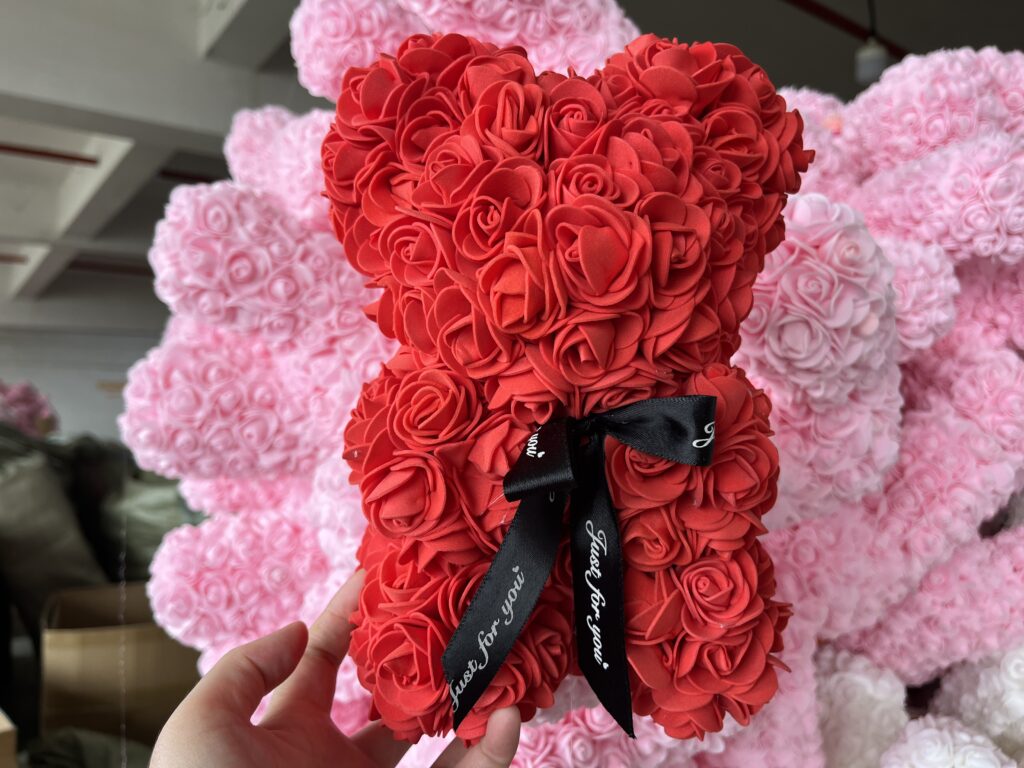
So… Who Makes the Best Rose Bears?
I get this question constantly. And instead of playing favorites here, I’ll share a resource you can check out yourself:
Want to see what a top-tier factory looks like inside? Explore our Yiwu factory — one of the largest in China with years of expertise and a proven track record:
We’ve helped over 500 global clients bring high-quality rose bears to life — and we’d love to help you next.
If you’re looking for help sourcing rose bear gifts that sell well, feel great, and make your brand look amazing — I’m always here to chat.
📩 inquiry@sweetie-group.com
Let’s build something beautiful together.
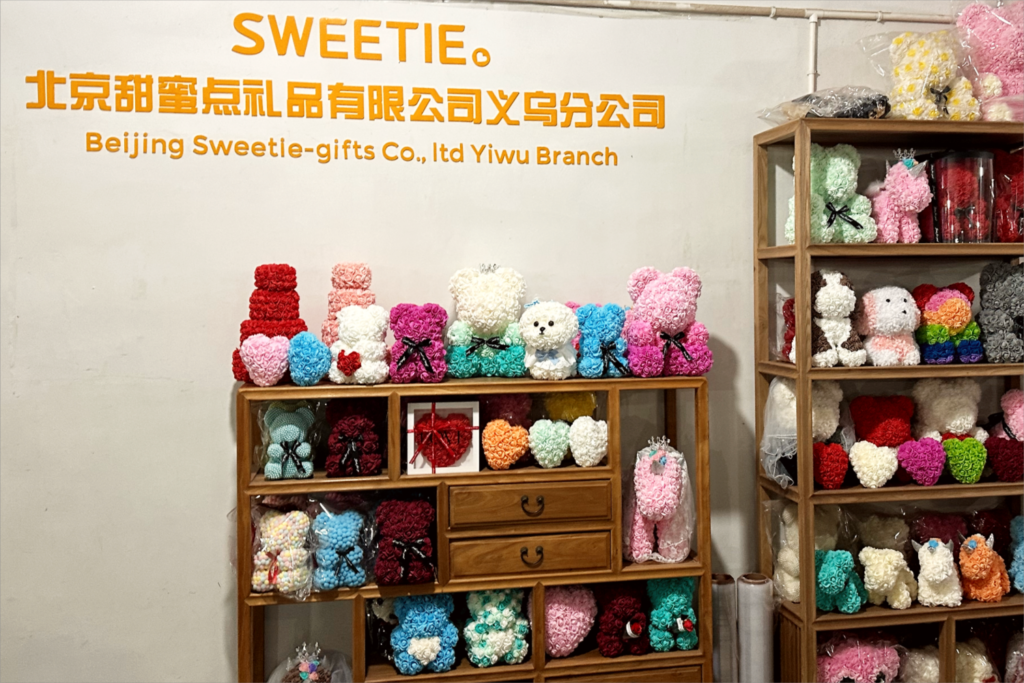
— Annie Zhang
CEO, Sweetie-Gifts




